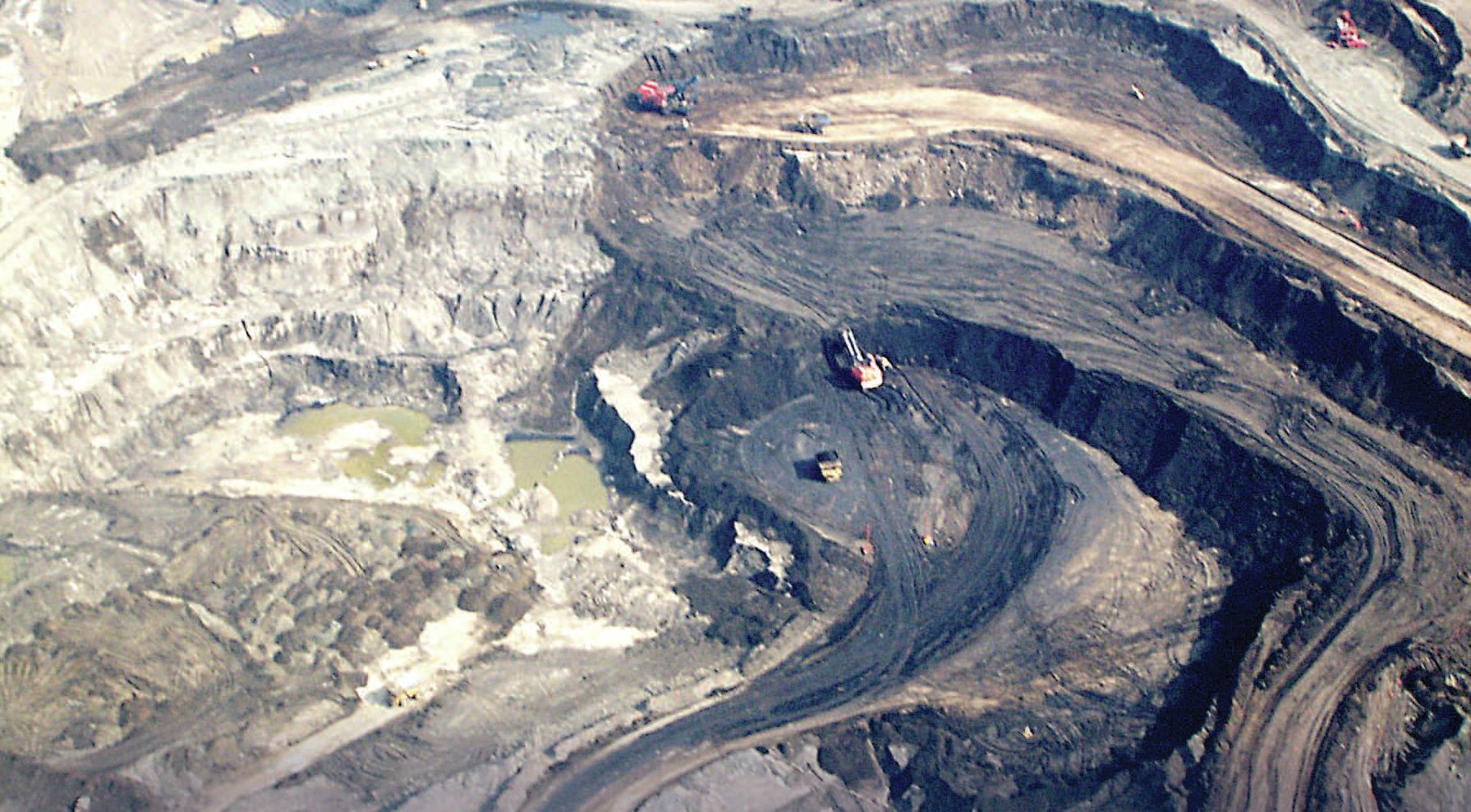
Oil sands are also known as tar sands or ‘extra heavy oil’. They are naturally occurring mixtures of sand or clay, water and a dense, thick form of petroleum called bitumen. Imagine a bucket of sand from your favourite beach soaked in sticky black oil and you get the idea. Oil sands are found in many countries, including the USA, Russia and Venezuela, but there are particularly large and accessible quantities in Canada.
Only in recent years, with rising oil prices, has it become profitable to extract the oil from this widespread resource. In addition, the extraction of oil from the sands, and its upgrading to usable synthetic oil, has been made easier by recent advances in technology.
Your organisation does not have access to this article.
Sign up today to give your students the edge they need to achieve their best grades with subject expertise
Subscribe




